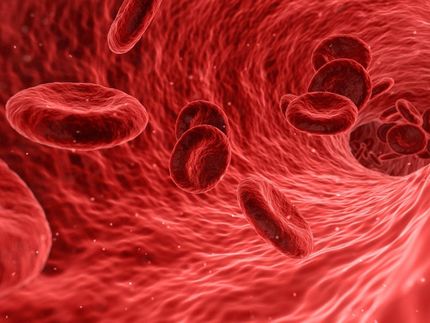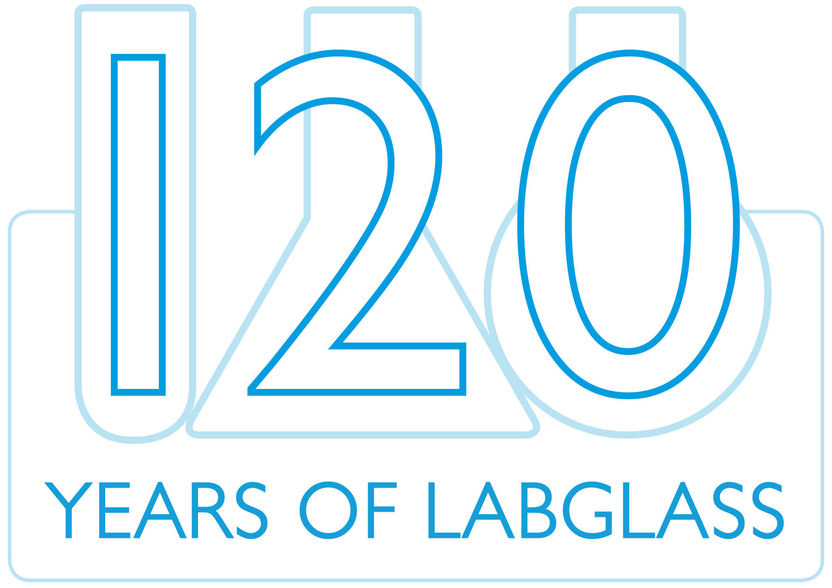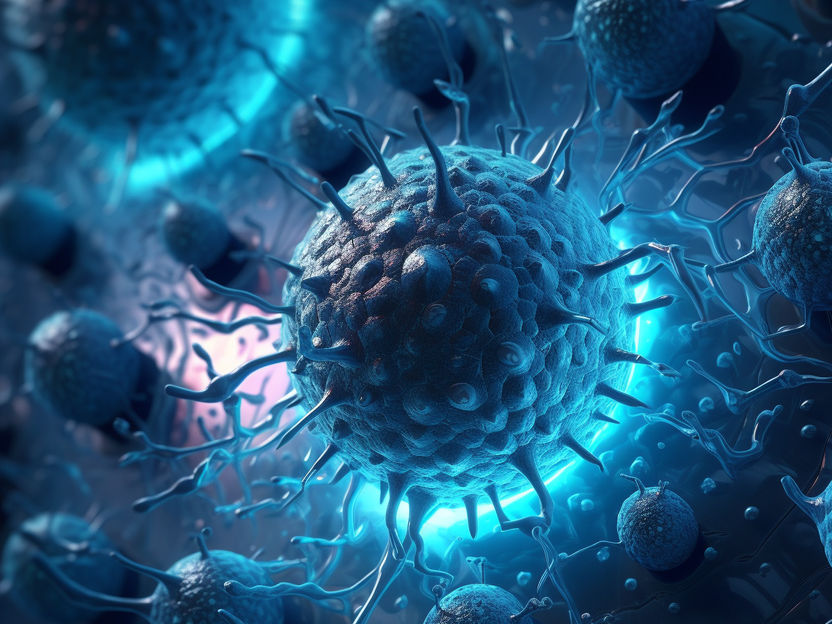Revolutionary new insights into blood vessel formation in cancer
Research opens new avenue for cancer therapy
blood vessel formation (angiogenesis) plays an important role in the development of various diseases, including cancer. The so-called anti-angiogenic treatments that counteract blood vessel formation are currently used in the treatment of cancer. However, these treatments are less efficient than we would like and cancer cells manage to bypass these treatments. Peter Carmeliet and Sarah-Maria Fendt (VIB/ KU Leuven) have discovered a new strategy to counteract blood vessel formation, based on their research which, in contrast to all expectations, indicates that fatty acid breakdown is essential in the creation of new blood vessels. They also provide a tangible new proposal for anti-angiogenesis treatments: namely blocking the enzyme CPT1a.
Impeding blood vessel formation in the fight against cancer
One hallmark of cancer cells is uncontrolled proliferation, which results in the buildup of a tumor mass. Cells need nutrients in order to proliferate, which are supplied via the blood. In order to obtain an optimum supply of nutrients, cancer cells produce proteins that stimulate blood vessel formation. Many proteins with this role have already been identified. The current anti-angiogenic treatments that are used in clinical practice target the known angiogenic factors. However, these therapies are not perfect, because cancer cells find a way of producing a different angiogenic factor and are therefore able to stimulate blood vessel formation.
Targeting metabolism as a new strategy to combat blood vessel formation
The endothelial cells need to divide rapidly to enable blood vessel formation. Recently, Peter Carmeliet and his colleagues were able to demonstrate that glycolysis - or sugar metabolism - in endothelial cells plays an essential role in the formation of new blood vessels. These new insights opened up perspectives to inhibit angiogenesis in disease in a totally different - previously unknown - way, namely by starving the endothelial cells. In order to achieve this, you need to know the most important source of nutrients for endothelial cells.
Not sugars, but fatty acids as a source of nutrients
Peter Carmeliet and Sarah-Maria Fendt have now discovered that the use of fatty acids as nutrients have a much greater impact on the division of endothelial cells than previously suspected. In order to study this, the researchers inhibited the fatty acid breakdown by knocking down the enzyme CPT1a in endothelial cells. This enzyme transports fatty acids to the mitochondria (the power plants of the cell). Thereby, mitochondrial metabolism is important to generate for example energy and building blocks for the production of molecules such as RNA, DNA and proteins, which cells need in order to be able to divide. Until now, it was assumed that the production of these building blocks mainly depend on the availability of sugars and some amino acids, but it had never been demonstrated that carbons from fatty acid breakdown plays a role in the production of biomass building blocks.
The researchers knocked down CPT1a in human endothelial cells, meaning that fatty acids could no longer reach the mitochondria. To the researchers’ amazement, this did not result in decreased energy production, which is a known role of fatty acid breakdown. However, attenuating fatty acid breakdown resulted result in a loss of production of deoxynucleotides (building blocks of DNA). This process could be repaired by adding substances closer to the end product (the nucleotides). This also provided proof that the endothelial cells use fatty acids as basic nutrients. Endothelial cells are unique in this regard, as most other cells - both healthy and cancerous cells - do not use fatty acids for DNA synthesis. This makes fatty acid metabolism an excellent target for anti-angiogenesis treatment.
CPT1a as possible new therapeutic target
The scientists also studied the therapeutic anti-angiogenic potential of a pharmacological blocker of fatty acid transport to the mitochondria (etomoxir) in mouse models. These mice do not exhibit any pathological blood vessel formation. This is an indication that blocking fatty acid breakdown could form a possible therapeutic avenue in the battle against cancer, but also against diseases of the eye that result in blindness. However, many more years of research are required to confirm these results.
Peter Carmeliet (VIB/KU Leuven): “This research provides revolutionary insights into the role of fatty acids in endothelial cell division and thus in blood vessel formation. We are the first to demonstrate that these cells not only use sugars and amino acids, but to a significant extent also use fatty acids as a primary source of nutrients. These insights open up a whole new avenue in the search for cancer treatments. In addition, this research also provides the first possible therapeutic strategy, namely the blocking of CPT1a. We still have a long road with many years of research ahead of us to demonstrate this effectively.”
Sarah-Maria Fendt (VIB/KU Leuven): “In biochemistry textbooks, the current dogma is that while the energy production resulting from the oxidation of fatty acid breakdown products contributes to the buildup of macromolecules such as DNA, the carbon backbone is majorly provided by sugars and some amino acids. Yet, we show for the first time that carbon from fatty acids are important to sustain nucleotide production and thus DNA synthesis in endothelial cells. This result is ground breaking and has the potential to have a major impact on the treatment of diseases with vascular involvement such as cancer.”
























































